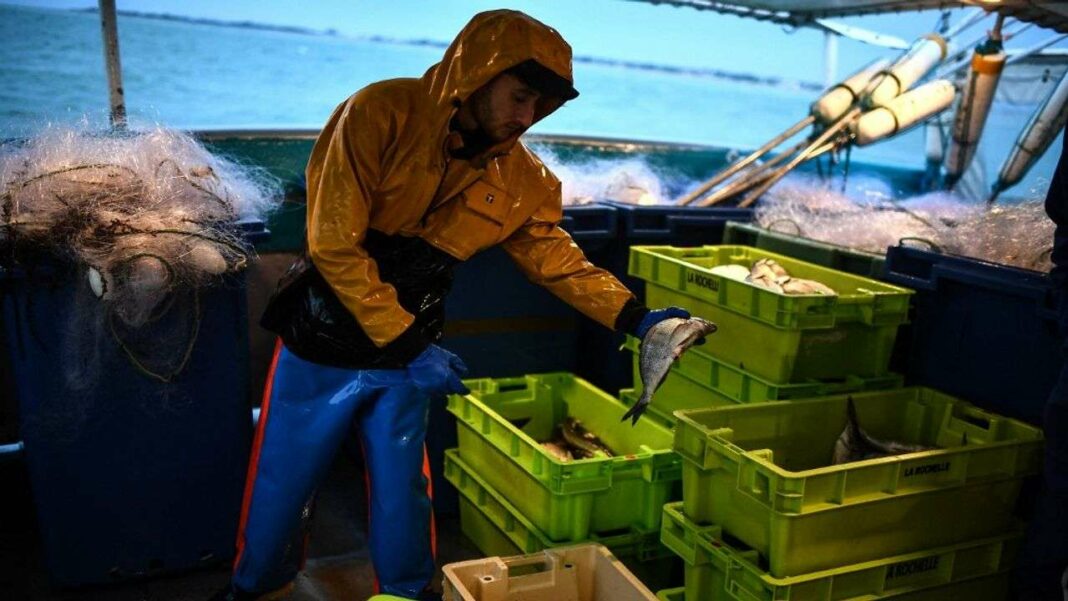From January 22 to February 20, fishing will be halted in the Bay of Biscay to protect dolphin populations, following a successful reduction in accidental captures last year. Approximately 300 vessels will be docked, with fishermen receiving 80% compensation for lost income. Despite the temporary measure’s effectiveness in lowering dolphin deaths, stakeholders advocate for technological solutions like deterrents to reduce interactions long-term. The closure, mandated for several years, addresses ongoing concerns over dolphin mortality rates exceeding sustainable limits.
Protection of Dolphins in the Bay of Biscay
A measure that proved effective last year will be reinstated. From Wednesday, January 22, until February 20, fishing activities will be prohibited in the Bay of Biscay to safeguard dolphin populations. Last winter, this initiative successfully reduced the accidental capture of small cetaceans by fourfold.
Around 300 fishing vessels will remain docked, stretching from Finistère to the Spanish border. Fishermen affected by this closure will receive government compensation, similar to what was provided in 2024, amounting to 80% of their lost revenue. Nevertheless, this assurance has not alleviated the frustration within the fishing community, which believes that technological solutions are available to mitigate this issue.
Effectiveness of the Fishing Closure
Set to be tested again from January 22 to February 20, 2024, this fishing ban in the Bay of Biscay is unprecedented since World War II and has shown to be an effective measure for dolphin conservation. A report released last November by the Pelagis observatory revealed that 1,450 dolphins died from accidental captures between December 1, 2023, and March 31, 2024, along the Atlantic and West Channel coasts, significantly lower than the average of 6,100 dolphin deaths noted from 2017 to 2023.
“It’s effective; the statistics speak for themselves,” asserts Jérôme Spitz, co-director of the La Rochelle-based institute. He highlights that “common dolphins tend to get caught while feeding,” and notes that “this closure has been instrumental in minimizing accidental captures.” However, he cautions that while this measure has been beneficial, it may not be a long-term solution, as peak stranding events can vary, leading to increased mortalities at different times of the year.
Julien Lamothe, director of the fishermen’s organization FROM Sud-Ouest, acknowledges the closure as a “simplistic solution” to reduce interactions. He concurs that preventing fishing activity leads to fewer encounters and, consequently, a decline in dolphin captures. While he appreciates the state support for ongoing compensations, he emphasizes the need for large-scale experiments to explore alternative solutions, particularly through the use of repellents.
More than half of the 300 compensated boats are already equipped or will soon be outfitted with deterrents like “pingers” or acoustic beacons designed to deter dolphins or alert them to dangers. The Minister of Ecological Transition, Agnès Pannier-Runacher, has stated that it is essential to demonstrate the effectiveness of these measures scientifically, with hopes of reopening the Bay of Biscay by February 2027.
For nearly a decade, the number of accidental dolphin captures in this region has surpassed the sustainable threshold of 4,900 deaths, as estimated by ICES, the international scientific organization. Facing potential legal actions from the European Commission and urged by the Council of State, prompted by environmental groups, the government has mandated this “spatio-temporal” fishing closure for most vessels over eight meters in length for the years 2024, 2025, and 2026.
